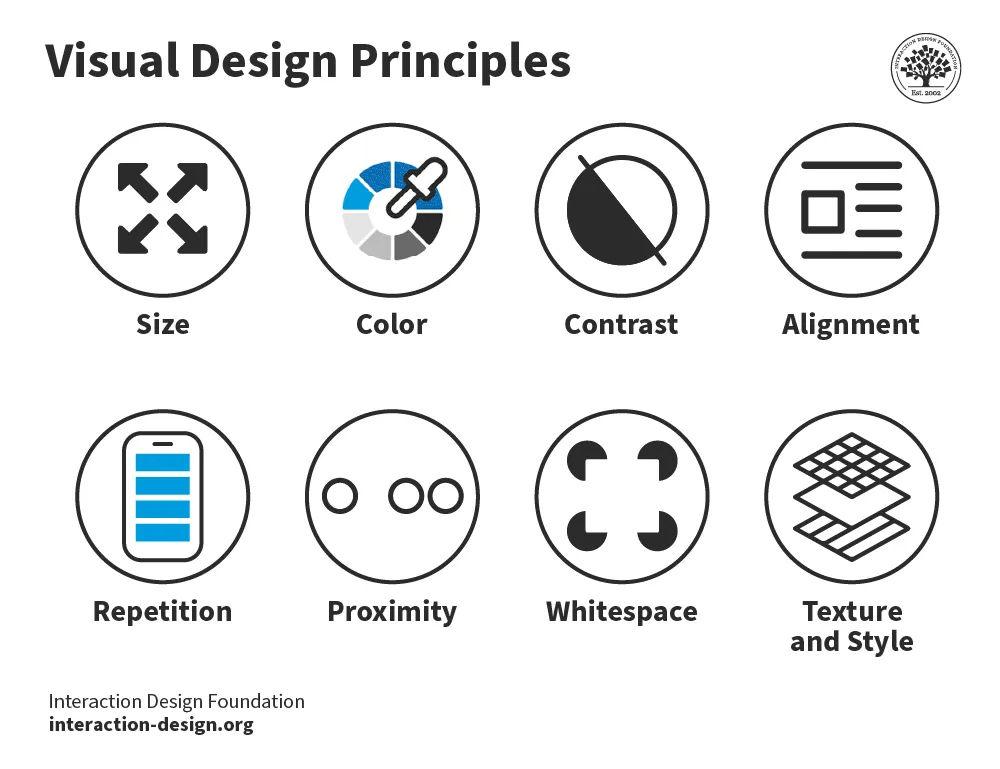Digital Credentials Explained: What They Are and Why They Matter
In our rapidly evolving digital world, digital credentials have become a cornerstone of modern education and professional validation. Whether you’re a job seeker, an employer, or a lifelong learner, understanding digital credentials can give you a competitive edge. This thorough guide breaks down what digital credentials are, why they matter in today’s landscape, and how you can use them to advance your career or business.
What Are Digital Credentials?
Digital credentials are virtual representations of qualifications, achievements, skills, or memberships traditionally awarded in physical formats. They are created, shared, and verified online, making it easier to demonstrate competencies in a standardized and secure way.
- Examples of digital credentials:
- Digital badges for skills or professional development
- Online certificates for completing courses or training programs
- Micro-credentials from universities and edtech platforms
- Blockchain-based diplomas and verifications
Key Features of Digital Credentials
- Verified authenticity: Credentials are cryptographically secured and easily validated online.
- Portability: Recipients can share credentials across social media, LinkedIn, email, or personal websites.
- Granularity: Micro-credentials allow individuals to showcase specific skills, not just degrees or diplomas.
- Instant access: Credentials are available anytime, anywhere, without waiting for paper processing.
Why Do Digital Credentials Matter?
The importance of digital credentials has skyrocketed with the shift to remote learning, online work, and global hiring. Here’s why they are crucial in today’s educational and workforce environments:
- Immediate Verification: Employers and educational institutions can instantly check the authenticity of credentials.
- Boosted Employability: Job seekers can showcase specialized skills, differentiating themselves in crowded markets.
- enhanced Networking: Credentials linked to online profiles help build professional connections and open new opportunities.
- Reduced Fraud: Digital certificates and blockchain credentials minimize risks of forged documents.
- Global Accessibility: Digital records transcend borders, enabling opportunities worldwide.
Benefits of Digital Credentials
1. For Learners
- gain recognition for skills acquired through non-customary pathways.
- Build a personalized portfolio of achievements.
- Share badges and certificates instantly with employers and peers.
2. For Employers
- Streamline the recruitment process by quickly verifying candidate qualifications.
- Reduce onboarding risks with reliable and tamper-proof records.
- Encourage upskilling through micro-credentials and ongoing training.
3. For Educational institutions
- Offer flexible course structures, custom micro-credentials, and digital diplomas.
- Strengthen institutional reputation with cutting-edge verification methods.
- Engage alumni with digital credential platforms for lifelong learning.
How Do Digital Credentials Work?
Digital credentials utilize secure technologies like blockchain and unique digital signatures to ensure trust and traceability. Here’s a breakdown of their lifecycle:
- Issuance: An educational institution, training provider, or organization awards a credential based on achievement or completion.
- Storage: Credentials are stored in a digital wallet or platform accessible online.
- Sharing: Recipients share credentials via a URL,QR code,or integration with digital profiles (such as LinkedIn).
- Verification: Employers and third parties use verification tools to confirm authenticity in real time.
Real-World Case Studies: Digital Credentials in Action
Case Study 1: Universities Adopting Digital Diplomas
Top universities,such as MIT and the University of Melbourne,have moved toward blockchain-based digital diplomas. This transition has helped graduates prove their qualifications internationally without delays or fear of forgery.
Case Study 2: Corporate training and Micro-Credentials
Companies like IBM and Google use digital badges to recognize employee skills gained through online training. These credentials foster a culture of lifelong learning and help HR teams identify candidates ready for new roles.
Practical Tips: how to Leverage Digital Credentials
- Choose Recognized Platforms: Opt for credentials issued through reputable providers (such as Credly, Accredible, or LinkedIn Learning).
- Update Your Profiles: Add digital badges and certificates to your LinkedIn, resume, and professional website.
- Understand Stackability: stack micro-credentials to showcase multiple competencies.
- Share Smartly: Use the shareable features (QR codes, direct URLs) to highlight credentials in your networking efforts.
- Stay Current: Regularly renew and update your digital credentials to reflect ongoing professional development.
First-Hand Experiences: Learners and Employers Speak Out
Learner Viewpoint: Empowerment Through Digital Badges
“After earning a digital project management badge, I landed more interviews and was able to verify my skills instantly. Recruiters were impressed by the clarity and accessibility of my achievements.” – Sarah L., marketing specialist
Employer Perspective: Hiring With Confidence
“digital credentials made our hiring process much smoother.we could confirm certifications within minutes, reducing onboarding time and ensuring better matches for our teams.” – Michael W., HR Manager at a tech company
The Future of Digital Credentials
As more organizations embrace remote work and digital change, the role of digital credentials is set to expand. Expect wider adoption in schools, businesses, and government agencies, with innovations like AI-driven credential evaluation and improved interoperability between platforms.
The future holds promise for seamless, globally recognized validation that empowers learners and businesses alike. Keeping pace with these changes will be crucial for institutions, employers, and job seekers.
Conclusion: Why Digital Credentials Are Essential Today
Digital credentials are reshaping the way we learn, work, and demonstrate expertise. By facilitating instant, secure, and transparent validation, they foster trust while unlocking career and educational opportunities. Whether you’re earning a micro-credential or awarding them as an employer, embracing digital credentials empowers everyone in the knowledge economy.
Start leveraging digital credentials today to improve your professional branding, build authentic networks, and thrive in a more connected, digital-first future.

